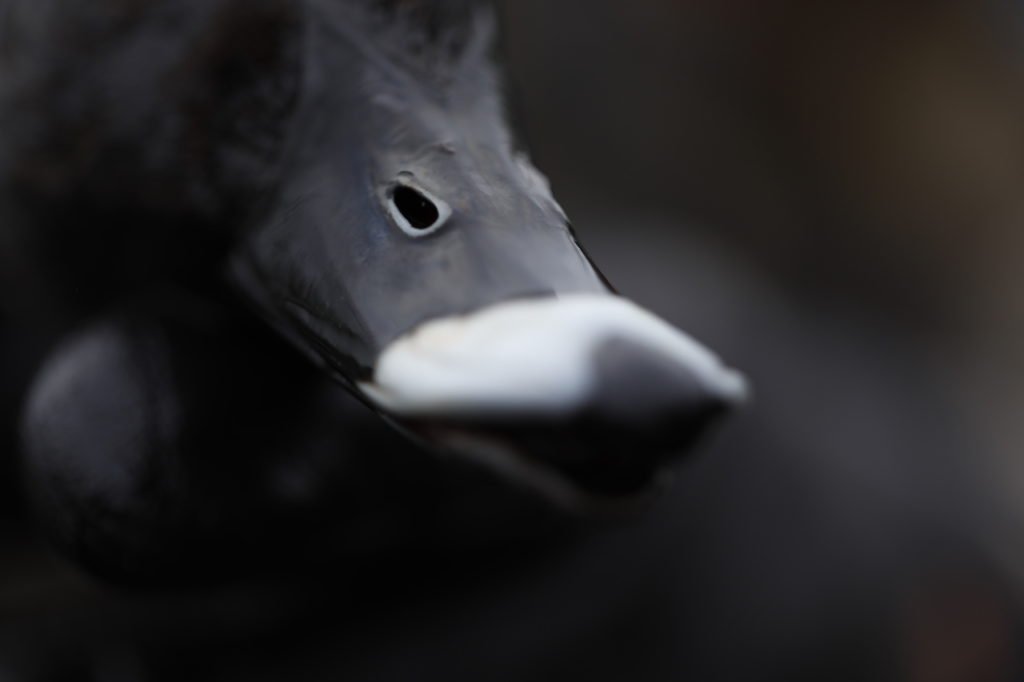Hardhead
Hardhead Duck (Aythya australis) is also known as the white-eyed duck and is the only true diving duck species in Australia. This species displays a bill that looks similar to the North American Ring-necked Duck at a distance, which is not a surprise as they are in the same genus of Aythya. Their mostly black bill steeply slopes off of their face. The areas of black are separated by a blotch of white or baby blue near the tip. The irises range in color from an icy blue to a pale yellow. No matter the color, it contrasts highly with the deep red-tinted brown plumage on the head and down to the chest.
In the right light, some of the upper chest can appear iridescent purple. Their undertail and underbelly are white, and the underbelly patch extends a little way up to the sides of the torso. The rest of the body plumage is a slightly dark brown. While in flight, males show off drastic contrast with their jet-black wings with snow white primaries and secondaries that are tipped in black. This species is dimorphic and females are generally a duller brown overall and display brown irises. Both sexes are small birds that are round in stature.
HARDHEAD DUCK (aka white-eyed duck) is the only true diving duck species in Australia. They’re super fast charging over the decoys and are favored by local hunters for the table because their fat content is superior. I missed an opportunity to get one the first trip, but this year we caught up on them big time, that hardhead accounting for 15 of our 20 allotted ducks. We were pleased for such a great hunt. Locals swear that hardhead are superior tablefare, the absolute king of ducks in Australia.

Available Hunts
Other areas where Hardheads can be found besides southeastern Australia include New Guinea, New Zealand, and the Pacific Islands. They are classified as a nomadic species, though in recent years and more frequent droughts, this species will travel longer distances for proper habitat. Here, individuals look for large lakes, swamps, and rivers that are quite deep. While foraging, Hardhead can spend up to a minute underwater, so the deeper the water, the more likely it is that there will be food for this species. The majority of waterfowl in Australia are dabbling species that have the ability to dive, though Hardheads have an advantage of reaching food that is out of reach and untouched by other species. This species is omnivorous and mainly feeds on small aquatic invertebrates with the occasional aquatic plant.
Hardheads do not possess any skeletal or behavioral characteristics that line up with their common name. The Hardhead skeletons themselves may be called stubborn, as the skull was famously difficult to work with for early and novice taxidermists.








